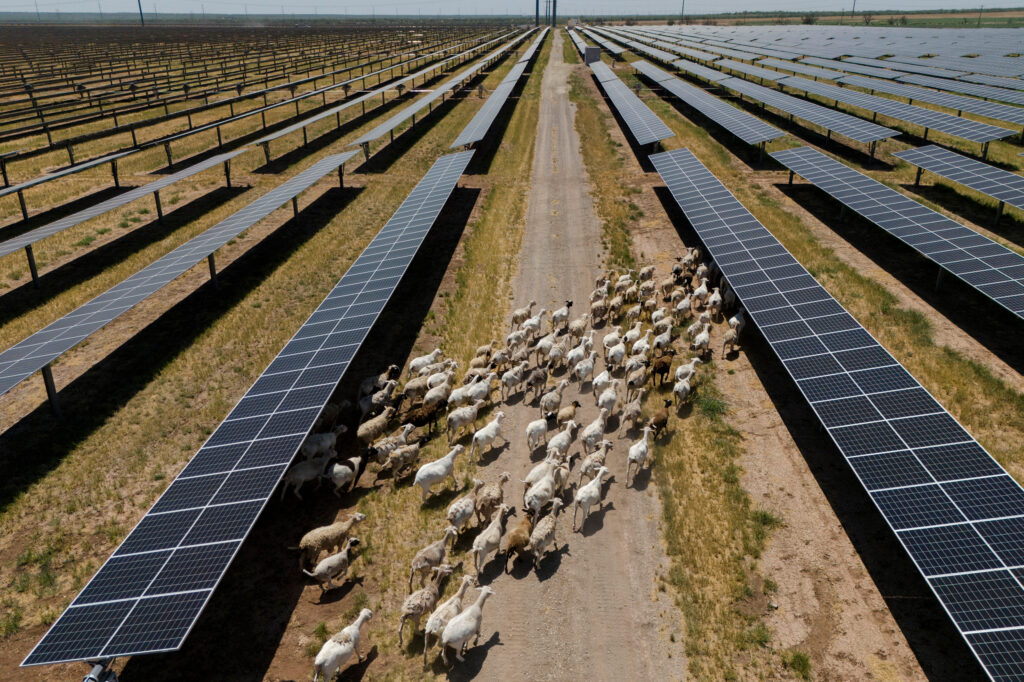Key Takeaways
- ERCOT projects a less than 1% chance of summer power supply emergencies despite increased energy demand.
- Over 9,600 megawatts of new capacity has strengthened the grid, mainly through solar and battery storage.
- Future challenges remain in balancing renewable energy growth with declining natural gas capacity.
Energy Demand and Grid Reliability in Texas
Texas is experiencing unprecedented growth in energy demand, driven by data centers, industrial electrification, and population expansion. The Electric Reliability Council of Texas (ERCOT) has indicated that these demands have exceeded previous records. However, ERCOT CEO Pablo Vegas forecasts the lowest chances of power supply emergencies in years, with risks dropping from 16% last summer to below 1% this year.
This significant improvement is attributed to the addition of over 9,600 megawatts of capacity since last summer, particularly from utility-scale solar (5,395 megawatts) and battery storage (3,821 megawatts). Vegas affirmed at a board meeting that the grid is reliable and prepared for extreme weather conditions.
Kristi Hobbs, ERCOT’s vice president of system planning and weatherization, noted that the contributions from solar and battery storage have mitigated concerns about evening demand spikes, especially as air conditioning usage rises. This situation stands in contrast to a net loss of 366 megawatts in natural gas capacity due to plant retirements and outages.
In recent months, renewables have increasingly contributed to meeting Texas’s peak energy demands—a trend confirmed by the Federal Reserve Bank of Dallas. However, some lawmakers have attempted to limit the expansion of renewable energy while a new $5 billion fund aims to support gas-fueled power plants. A notable development includes a loan for a 122-megawatt gas plant in Colorado County, set to begin operations in 2027.
Looking ahead, ERCOT is seeing a growing queue for solar and battery projects, making up 80% of recent capacity requests. Nonetheless, balancing this renewable growth with the decreasing number of natural gas plants remains a significant concern. Changes in ERCOT’s demand projections have led to more accurate assessments of grid reliability, mitigating previous risks.
The anticipated summer peak load this year is projected at 87.5 gigawatts, surpassing last year’s figures. Historical data shows that the past three summers have been among the hottest on record, intensifying the urgency for reliable energy resources. The changing climate adds further complexity, as temperature norms continue to rise, complicating forecasting efforts for ERCOT.
In summary, while ERCOT demonstrates improved preparedness for summer demands due to increased renewable energy capacity, future challenges related to reliance on natural gas and climate variability require ongoing attention.
The content above is a summary. For more details, see the source article.















